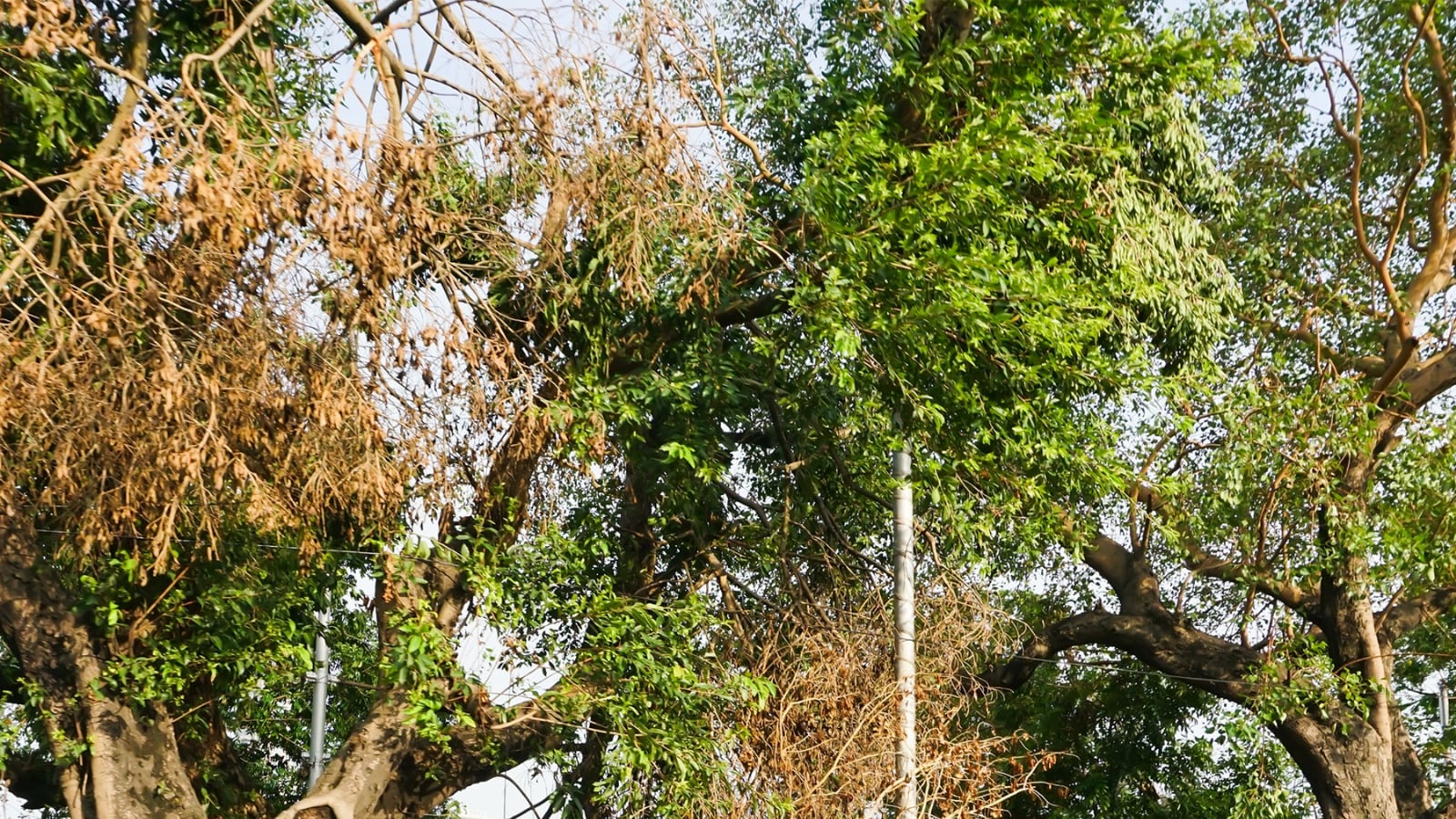Organism responses to past climate extremes offer a useful perspective for understanding the impacts of ongoing and accelerating climate change. Flying organisms can disperse over long distances, allowing them to find and colonize new habitats during times of change. However, the ability to travel long distances does not necessarily imply increased responsiveness or resilience to change. For example, long-distance migrating songbirds rely on innate genetic programs that may lack evolutionary flexibility, making it more difficult to track rapid environmental changes (1). The responses of migrating birds to historic climate extremes, such as those of the last ice age, provide important context for the current challenges facing the natural world. In PNAS, Thorup et al. (2) show that a bird species could have maintained migratory behavior over the past 120,000 years and that a migratory lifestyle could have been essential to adapt to climate change without experiencing population decline.
During the last glacial maximum (21,000 years before present), ice covered large areas of the current breeding grounds of bird species that breed in the northern hemisphere during the boreal summer, including that of the northern hemisphere. red-backed shrike (Lanius collurio). Flaying Shrikes are birds of open habitats with sparse woody vegetation and hunt insects and other small animals, often impaling their prey on twigs, thorns or wire. Today, birds breed across western Eurasia and leave the northern hemisphere during the boreal winter; Thorup et al. (2) have followed individuals from breeding areas in Scandinavia to non-breeding areas in southern Africa. At the last glacial maximum, areas that today support suitable habitat would have been inhospitable to shrikes, and the species would have been almost or entirely absent from its current European breeding range. Forced south …
??1E-mail: vandoren {at} cornell.edu.




